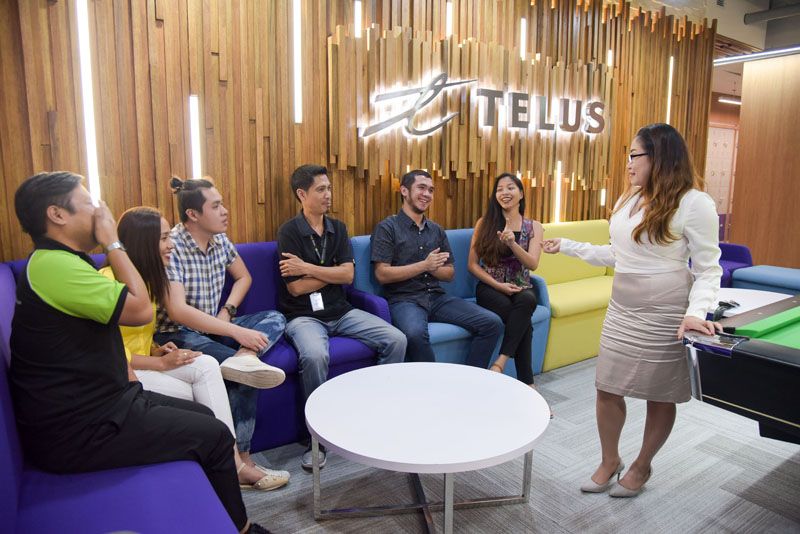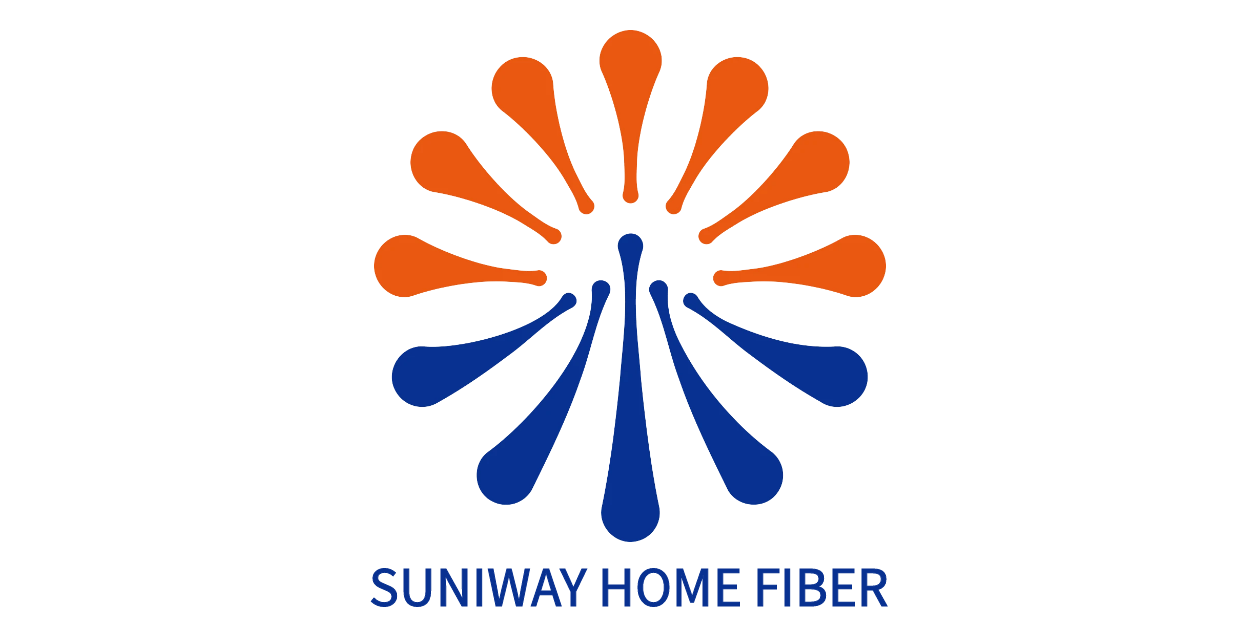
Upgrade to High-Speed Internet for only ₱1499/month!
Enjoy up to 100 Mbps fiber broadband, perfect for browsing, streaming, and gaming.
Visit Suniway.ph to learn
Louella Desiderio - The Philippine Star
March 27, 2025 | 12:00am
MANILA, Philippines — The Philippines has made progress in more than half of the Sustainable Development Goals (SDG) since 2015, but the pace remains below expectations to meet the targets by 2030, according to the Philippine Statistics Authority (PSA).
Data on the country’s 2024 SDG pace of progress results showed that 12 of the 17 SDGs have sufficient indicators, or at least 50 percent of the indicators per goal satisfied the data requirement.
Of the 12 goals, the Philippines showed advancement in 10 goals since 2015 such as Goal 1 (no poverty), Goal 2 (zero hunger), Goal 4 (quality education), Goal 6 (clean water and sanitation), Goal 7 (affordable and clean energy), Goal 8 (decent work and economic growth), Goal 9 (industry, innovation and infrastructure), Goal 12 (responsible consumption and production), Goal 14 (life below water) and Goal 15 (life on land).
Despite progress in these goals, the Philippines reached the expected pace of progress only in Goals 12 and 14 for 2024.
Meeting the expected pace of progress helps keep the country on track to achieving the SDGs by 2030.
While more than half of the goals showed gains since 2015, the PSA said they are still short of the expected progress for 2024 to ensure that the goals for 2030 are achieved.
“Thus, accelerated growth is needed in these goals to achieve the country’s 2030 commitment,” the PSA said.
The data also showed that the Philippines regressed in Goal 3 (good health and well-being) and Goal 11 sustainable cities and communities) since 2015, making it necessary to intensify efforts to get back on track to reach the 2030 target.
SDGs with insufficient indicators are Goal 5 (gender equality), Goal 10 (reduced inequalities), Goal 13 (climate action), Goal 16 (peace, justice and strong institutions) and Goal 17 (partnership for goals).
The data is based on the submissions by government agencies as of Feb. 28, 2025.
The PSA has been tracking the country’s progress on the SDGs since 2015.
Adopted by the United Nations member states in 2015, the SDGs seek to create a more just, sustainable and peaceful world by 2030.
In its 2025 Asia and the Pacific SDG Progress Report, the Economic and Social Commission for Asia and the Pacific (ESCAP) said the region is significantly off track in achieving the SDGs, with progress on several goals particularly on responsible consumption and production, quality education, as well as decent work and economic growth being too slow.
“Key drivers of this stagnation include increase in fossil fuel subsidies, poor proficiency in reading and mathematics and unsustainable production patterns,” the ESCAP said.

 2 weeks ago
8
2 weeks ago
8



